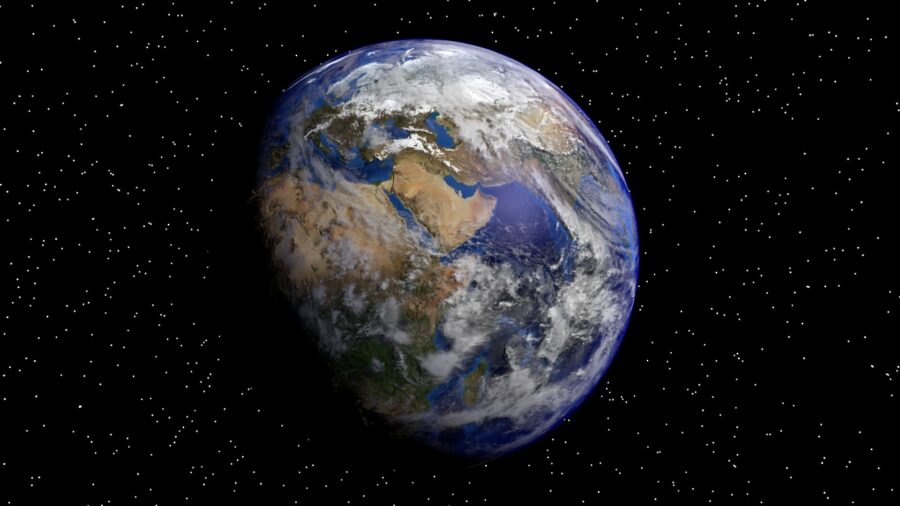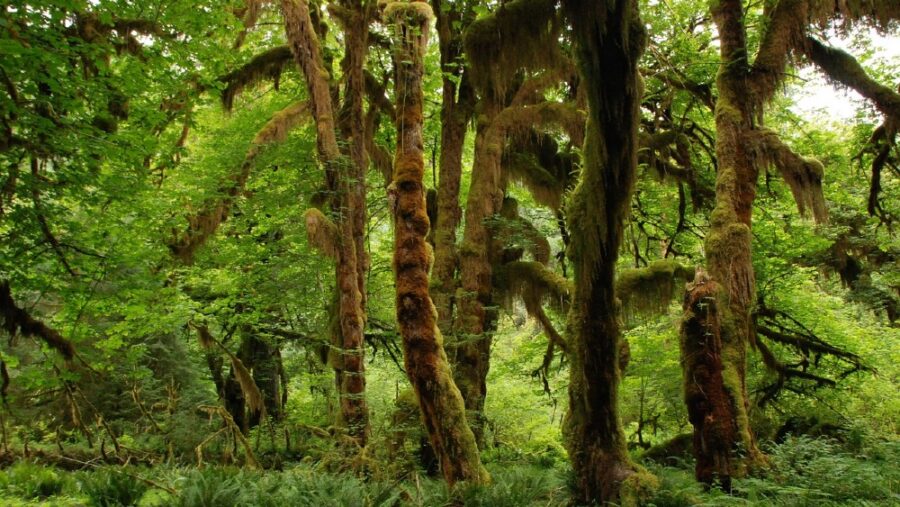Southern Hemisphere Of Earth Is Drying Up

Water makes up approximately 70 percent of the Earth’s surface, with about 96.5 percent being salt water, while the rest exists as water vapor, icecaps, and glaciers and as moisture in the soil. However, freshwater—the one available to humans, animals, and plants—makes up only about 1 percent of water on the planet. The global distribution of that 1 percent is constantly shifting, and according to ScienceAlert, the Southern Hemisphere is drying out.
El Nino Is To Blame

This isn’t a novelty, however, as the authors of the study have pointed out that the principal cause of global shifts in freshwater distribution is a phenomenon called El Nino. This phenomenon occurs every few years when ocean water in the eastern Pacific is warmer than usual, causing the Southern Hemisphere to dry out more compared to the Northern Hemisphere despite holding more water.
The findings are derived from satellite and river and stream measurement data, which originally allowed the authors to calculate the net availability of fresh water.
Shifts In Water Availability

For those who aren’t familiar with water availability calculations, availability refers to the net difference between the amount of water supplied to the landscape through rainfall as well as the water removed from the atmosphere by evaporation.
Considering that the majority of the human population lives in the Northern Hemisphere and that only a quarter of global land areas are found in the Southern Hemisphere, one has to wonder why the decrease in water availability in the south causes such concerns.
How This Could Effect The Rest Of The Planet

It’s important to note that our planet is a closed system of its own, which always seeks to balance itself out. The events in the Southern Hemisphere will affect the Northern Hemisphere—like giant cracks opening in the Earth.
It’s basically the same with the key to life; a strong decrease in South America, most of Africa, and central and northwestern Australia will affect the rest of the planet in several different ways. For example, the Amazon rainforest is a key regulator for the Earth’s climate, and any major disruptions in the lungs of the Earth might have devastating effects.
The Amazon Rainforest Is Essential To Water Availability All Over Earth

Amazon rainforest, which is located in the Southern Hemisphere, absorbs vast amounts of carbon dioxide from the atmosphere and stores it in the plant biomass and soil, thus mitigating the effects of global warming. It also plays a crucial role in Earth’s rainfall, including far-away regions through atmospheric patterns that carry the moisture around the globe.
If the water availability in the Amazon decreases significantly, it could lead to massive forest fires and dieback, which would, in turn, release more carbon dioxide into the atmosphere and exacerbate global warming.
It Could Also Effect Global Food Supplies

Not to mention that places such as South America are massive agricultural exporters of the global market, and changes in water availability will increase the stress on global food systems. But that’s not the end; Africa doesn’t have socio-economical resources to mitigate any damage that the draught might cause, which could stress local supplies of food and water, affecting the worldwide economy—considering that Africa exports many resources. So, any significant change in water availability in the Southern Hemisphere has potentially devastating effects on the North.










